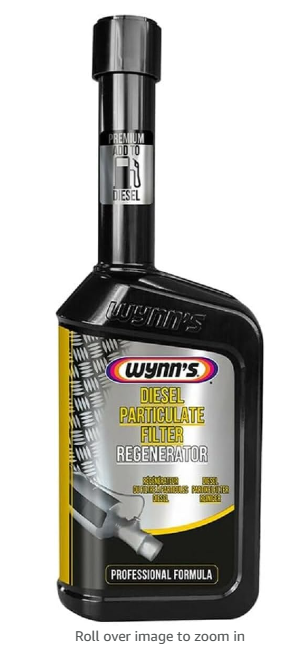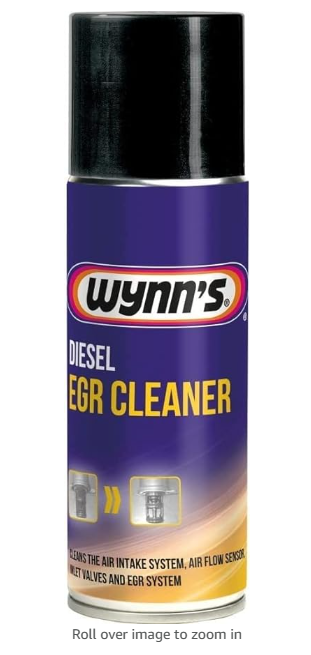Driving with a flat tire is a topic that warrants careful consideration due to its implications for safety, vehicle handling, and potential damage to the car. To understand why it’s generally unsafe to drive on a flat tire, we need to explore several key points:
- Safety Risks:
- Loss of Control: A flat tire significantly reduces your vehicle’s handling and responsiveness. This loss of control increases the risk of an accident, especially at higher speeds or in challenging driving conditions.
- Increased Stopping Distance: The braking performance of your car is compromised with a flat tire, leading to longer stopping distances.
- Risk of Tire Disintegration: Continuing to drive on a flat can cause the tire to disintegrate, potentially leading to more severe accidents.
- Damage to the Vehicle:
- Rim Damage: Driving on a flat tire can damage the rim, which is costly to repair or replace.
- Suspension and Alignment Issues: The uneven distribution of weight and the irregular forces exerted on the car can lead to suspension and alignment problems.
- Additional Tire Damage: It’s often possible to repair a punctured tire if addressed promptly. However, driving on it can lead to irreparable damage, necessitating a full replacement.
- Legal and Insurance Implications:
- Legal Liability: In many regions, driving with a flat tire is illegal as it poses a safety hazard to yourself and others on the road.
- Insurance Complications: If an accident occurs while driving on a flat tire, insurance companies may not cover the damages, citing negligence.
- Emergency Situations:
- If you get a flat tire, it’s recommended to slowly reduce speed and pull over to a safe location.
- Use hazard lights to alert other drivers.
- It’s advisable to change the tire if you have a spare and know how to do it safely. Otherwise, call for roadside assistance.
- Preventative Measures and Maintenance:
- Regularly check tire pressure to ensure tires are properly inflated.
- Inspect tires for signs of wear, damage, or foreign objects lodged in the tread.
- Consider investing in run-flat tires, which are designed to allow limited driving after a puncture
- Avoids frequent maintenance costs related to the manual regeneration of the blocked soot filter
- Clears and regenerates blocked soot filters without dismantling, with complete burn-off of soot particles during driving
- Reduces soot formation during the diesel fuel combustion cycle
- Especially suited for city driving cycles with frequent stops & idling
- Compatibility: Diesel and Hybrid Diesel up to B30 (Premium and Regular)
Are Run-flat Tyres the answer?
Run-flat tyres tyres designed to resist going flat even when punctured. Here are some key points about them:
- Run-Flat Technology: Run-flat tires are constructed to maintain their shape and continue to perform even after they lose air pressure. This is achieved through reinforced sidewalls or a support ring attached to the wheel.
- Driving on a Puncture: With run-flat tires, you can typically drive for a limited distance at a reduced speed after a puncture. This distance can vary, but it’s usually around 50 miles (80 kilometers) at a maximum speed of 50 mph (80 km/h).
- Benefits:
- Safety: They reduce the risk of accidents due to blowouts.
- Convenience: They allow you to drive to a safe location or a service center without immediately changing the tire.
- Space-Saving: Vehicles equipped with run-flat tires often don’t need a spare tire, freeing up space.
- Limitations:
- Ride Comfort: Some drivers find run-flat tires to be stiffer, leading to a harsher ride.
- Cost and Replacement: They can be more expensive than standard tires and often need to be replaced rather than repaired after a puncture.
- Tire Pressure Monitoring System (TPMS): Vehicles with run-flat tires usually require a TPMS, as it may not be obvious when these tires lose pressure.
- Alternatives to Run-Flat Tires:
- Self-Sealing Tires: These tires have a layer inside that can seal punctures as they happen.
- Airless Tires: Some manufacturers are developing airless tires, which are immune to punctures but are not yet widely available for regular cars.
In summary, while no tire is completely impervious to all types of damage, run-flat tires offer a significant advantage in maintaining functionality after a puncture. However, they come with certain trade-offs in terms of cost, comfort, and the need for a TPMS.
How to get the best price for tyres
Getting the best price for car tires involves a combination of research, timing, and knowing where to look. Here are some strategies to help you find the best deals:
- Comparison Shopping:
- Use online tire retailers to compare prices. Websites often have competitive prices and a wide selection.
- Don’t forget to check local tire shops and big-box retailers like Costco or Walmart, as they sometimes offer exclusive deals.
- Look for Sales and Promotions:
- Tire manufacturers and retailers often have sales, especially during certain times of the year like Black Friday or before major travel seasons.
- Keep an eye out for rebates offered by tire manufacturers.
- Buy in Sets:
- Purchasing tires in sets (four at a time) can sometimes lead to discounts. Some retailers offer a “buy three, get one free” deal.
- Seasonal Purchases:
- Consider buying tires out of season. For instance, winter tires may be cheaper in the summer and vice versa.
- Warehouse Clubs:
- Membership-based warehouse clubs like Costco or Sam’s Club often have competitive pricing on tires, including installation.
- Online Coupons and Discount Codes:
- Before making a purchase, search for coupons or discount codes online that can be applied to your tire purchase.
- Negotiate the Price:
- Don’t hesitate to negotiate the price, especially at independent shops. They might be willing to match or beat competitors’ prices.
- Check for Bundled Services:
- Some retailers offer free services (like tire rotation, balancing, or road hazard warranties) when you buy tires, adding value to your purchase.
- Consider Slightly Used or Retread Tires:
- For those on a very tight budget, slightly used or retread tires might be an option, though it’s important to ensure they are safe and reliable.
- Maintain Your Tires:
- Proper maintenance can extend tire life, ensuring you get the most out of your purchase. Regularly check tire pressure, alignment, and rotate your tires as recommended.
- Online Reviews and Forums:
- Read reviews and check car forums for recommendations on the best tire deals and reliable brands.
- Purchase at the Right Time:
- Some experts suggest that tire prices can be lower during April and October, when many drivers are changing their tires for the upcoming season.
Remember, while price is important, it should not be the only factor in your decision. Safety, longevity, and suitability for your driving conditions and vehicle type are also crucial considerations.
Driving with a flat tire is not advisable due to the significant safety risks, potential for vehicle damage, legal implications, and the availability of safer alternatives. In case of a flat tire, the best course of action is to stop driving as soon as it’s safe to do so and seek professional assistance. Regular tire maintenance and monitoring can help prevent flats from occurring and ensure a safer driving experience.





